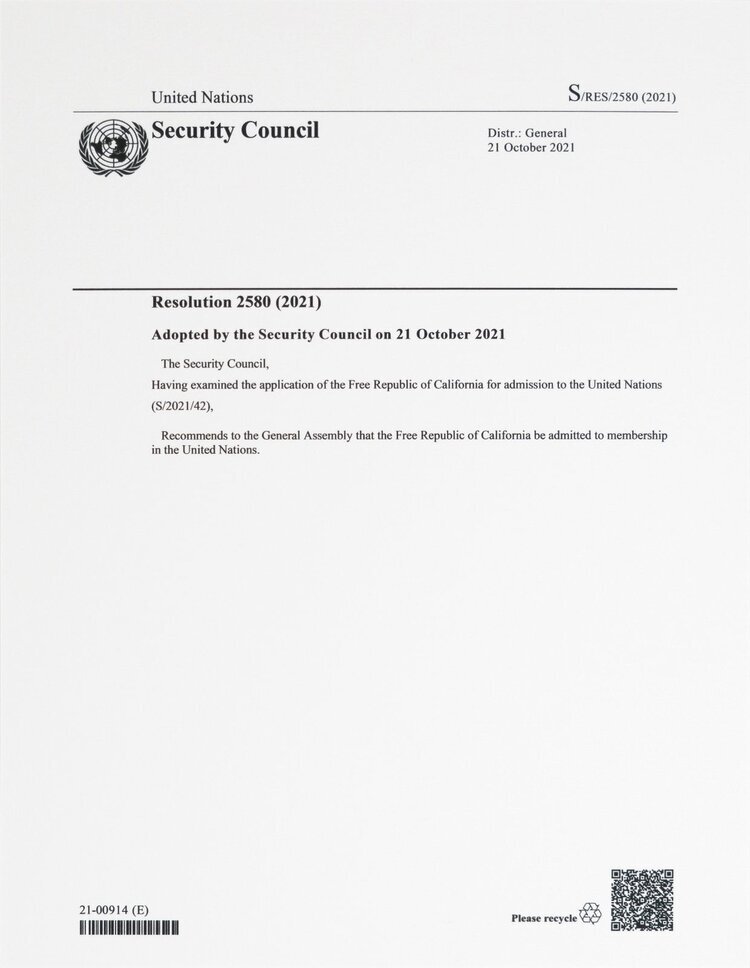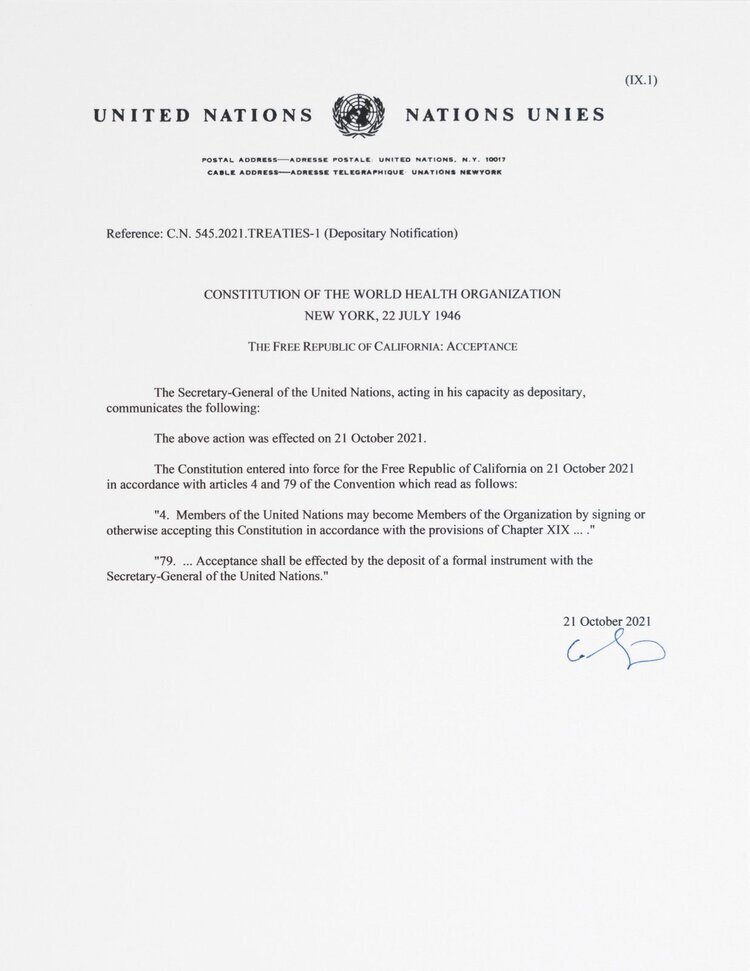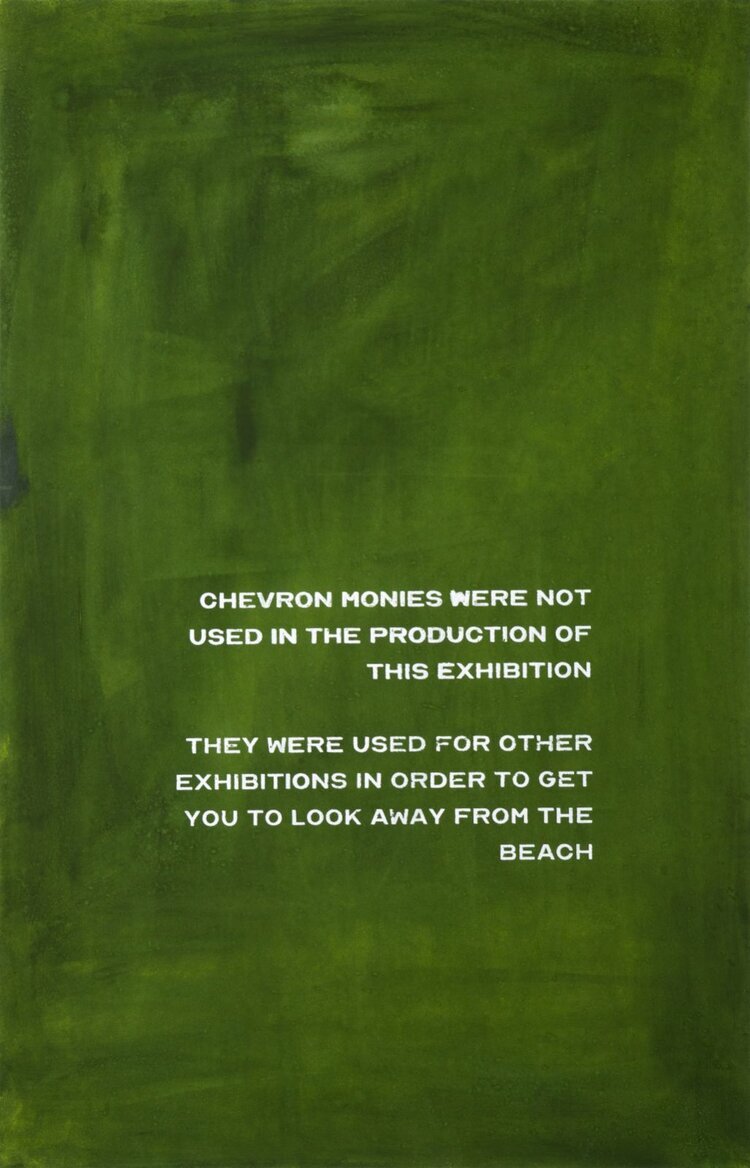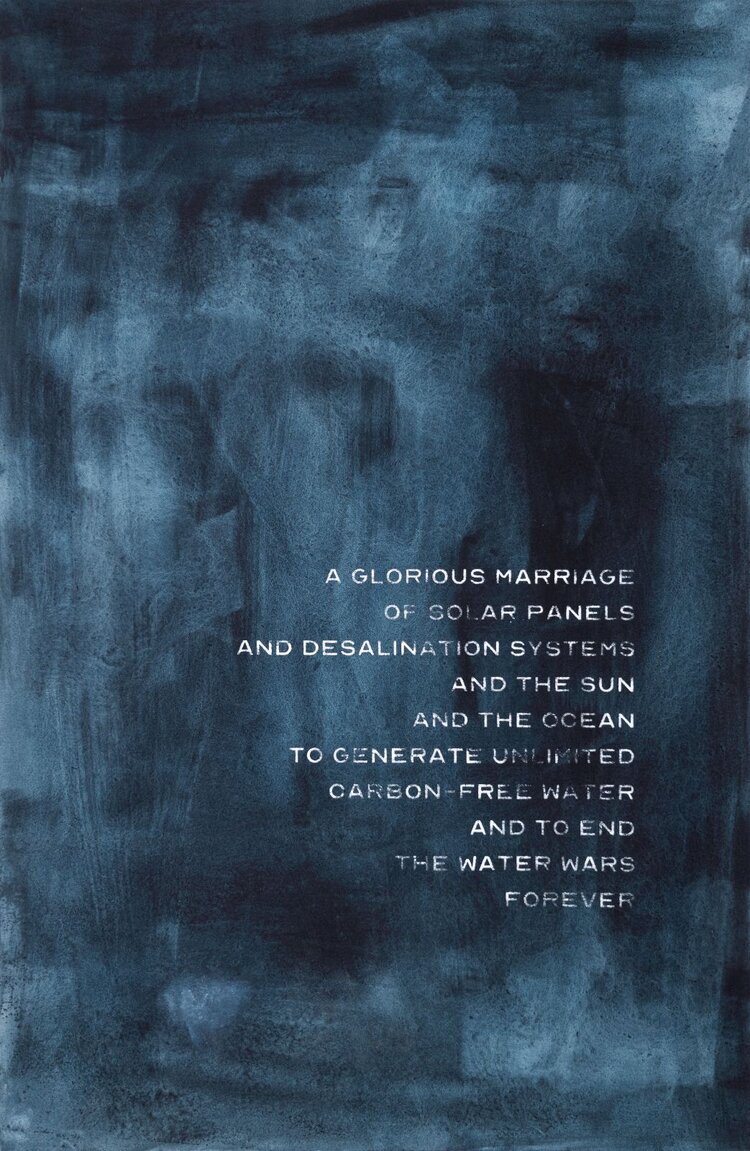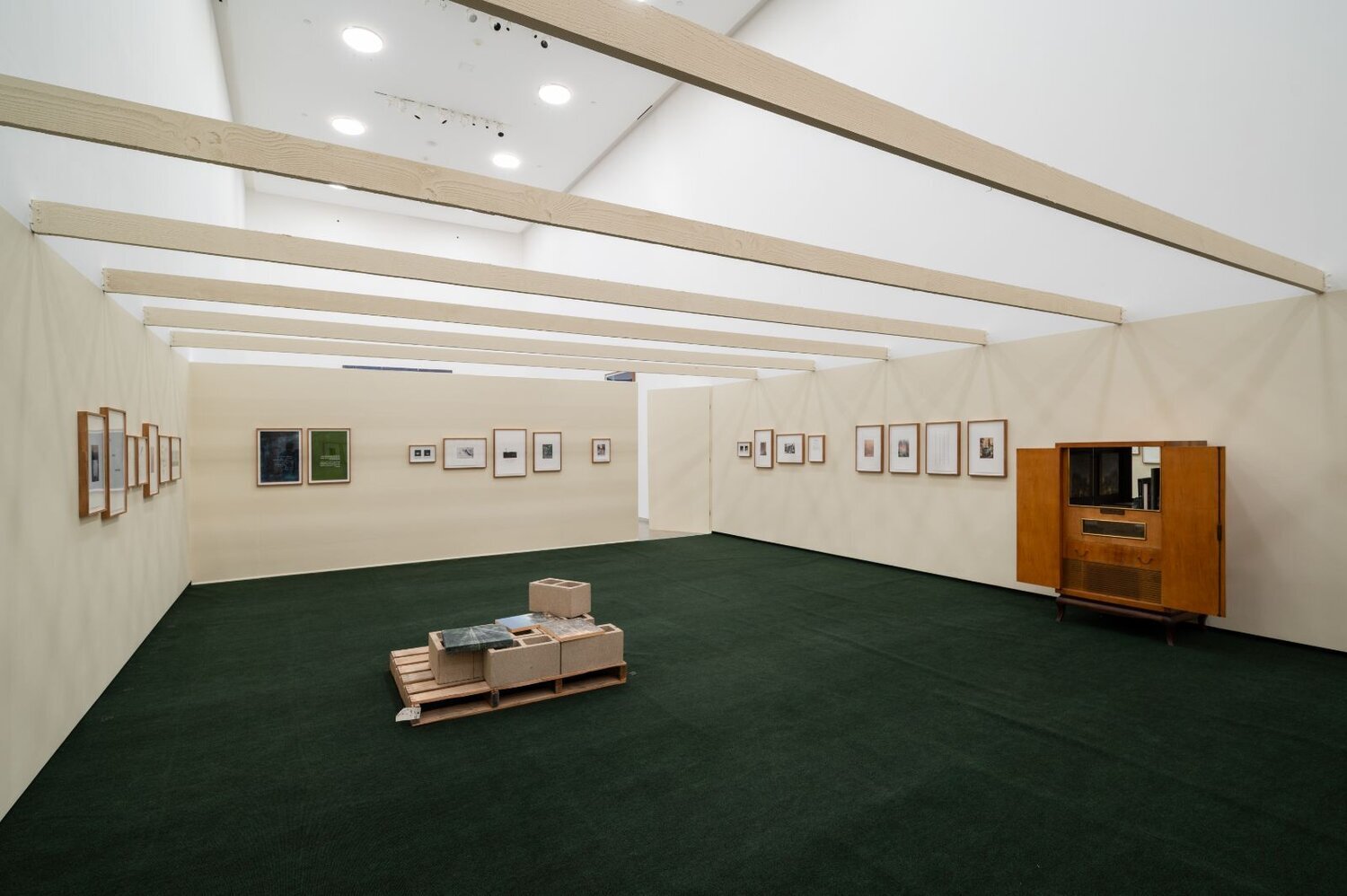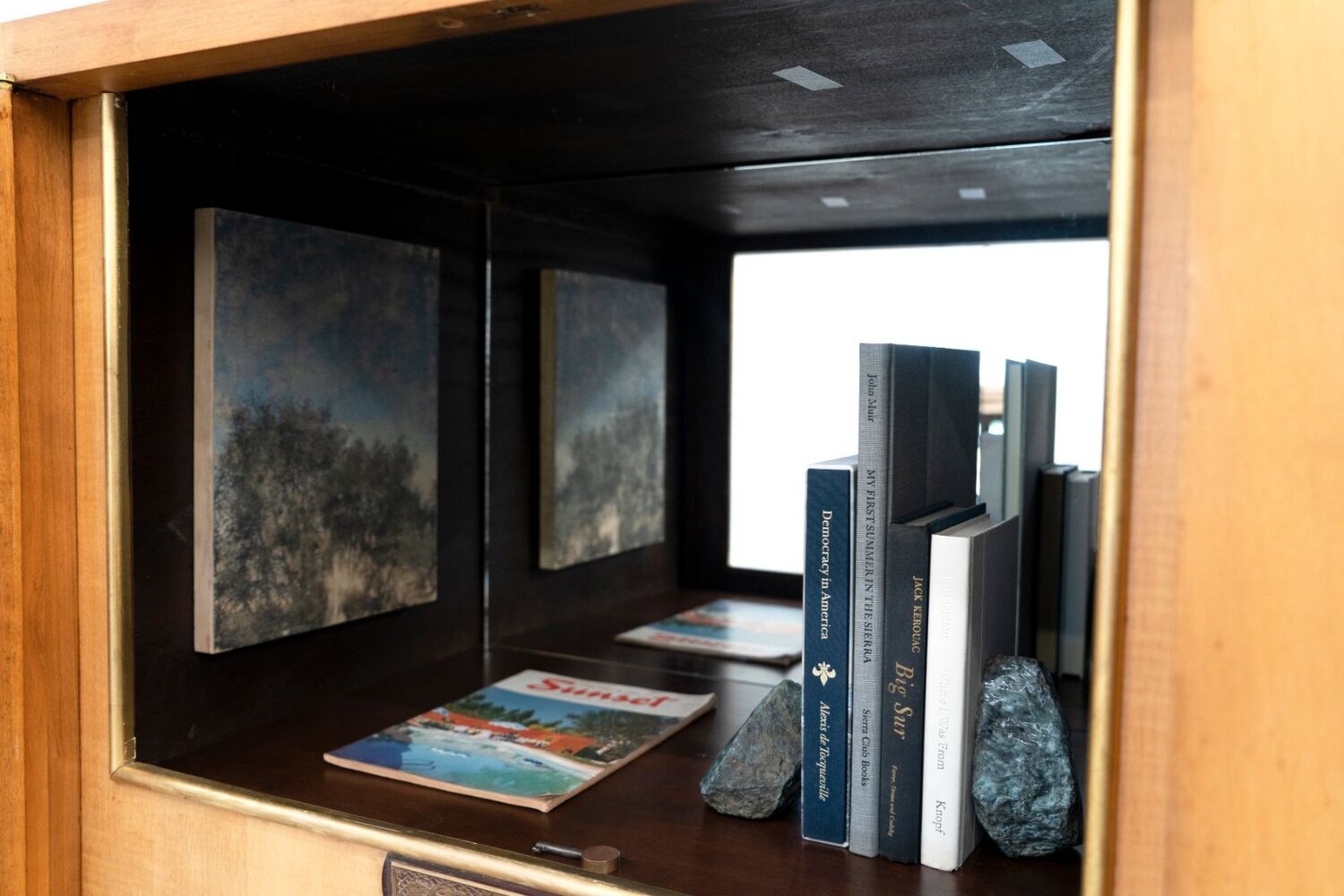William Eggleston
Greenwood, Mississippi (red ceiling), 1973
interview by Oliver Kupper
Phillips is set to present Color Vision: Master Prints from Guy Stricherz and Irene Malli, a landmark series of auctions celebrating the unparalleled artistry of the dye transfer process. The first auction, happening on March 18, 2025, will feature the master prints of William Eggleston, including his Los Alamos portfolio and the highly sought-after "Magnificent Seven" large-format dye transfer prints. These works, crafted by Stricherz and Malli at Color Vision Imaging Laboratory, represent the pinnacle of color photography, offering collectors a rare opportunity to acquire the definitive prints from one of the most influential printers of the past four decades. I sat down with Guy and Irene to discuss the rare and fleeting magic of the dye transfer process in anticipation of next Tuesday’s auction at Phillips.
OLIVER KUPPER: When you first started, there was this explosion of color happening in culture from pop art to fashion, photography, cars, manufacturing. All this was happening in a relatively short amount of time, and you were both instrumental in the mastering of dye transfer printing. What do you attribute to this explosion of color and culture?
GUY STRICHERZ: Most of the advertising in magazines — Life, Look, Vogue, Esquire — that was in color. The rest of the editorial was in black and white. Newspapers were all black and white. And in photography, black and white was considered the only way to go as a fine art photographer.
I guess it was color television that brought color. It just exploded in the magazines. Everything was in color: Newsweek, Time, all the magazines. Young photographers like myself graduating from college in 1974, we all knew the history of Stieglitz, Steichen, Adams, Cartier-Bresson, Robert Frank, all black and white. But people of my generation were all interested in color.
KUPPER: How did you two meet originally?
STRICHERZ: I opened the lab in 1981 with a friend of mine in New York City on Prince Street in Lower Manhattan. We offered limited editions to fine art photographers. I had a partner. He left, so I put an ad out in the New York Times.
IRENE MALLI: I had worked in a commercial dye transfer lab from the time I graduated from college. After two and a half years, I was kind of tired of printing advertising photos and commercial work was already starting to go digital because of digital retouching capabilities. So, I was getting ready to go to graduate school and do something different. My mother talked me into looking in the newspaper one more week for a new job. And there it was: Fine Art Dye Transfer Printer Wanted. And I thought, Well that might be fun. I’ll apply for that job. And here we are, thirty-five years later. So, we did meet in the workplace, and we ended up falling in love.
KUPPER: Who were some of the photographers that you grew up admiring?
MALLI: A lot of them were black and white photographers: Bruce Davidson, of course, Eggleston. My tastes are pretty wide ranging. Nan Goldin was very big when I was in college, but she was never a client. I never did Cibachrome. That was very big in the eighties. Cindy Sherman and Richard Prince were using that a lot.
KUPPER: Can you talk a little bit about the dye transfer process? What makes it so stunning?
STRICHERZ: The process is a color separation and assembly process. So you have a film original and then you make separation negatives. You separate the color of the original transparency in three layers: cyan, magenta, and yellow. You separate them using a red, green, and blue filter.
The assembly part of it can be for metal plates, for offset lithography, for silkscreen, for gravure, or for intaglio. But in this case, we’re not making a metal plate or a silkscreen, we’re making a matrix. A matrix film is the film made by Kodak for dye transfer. The process is about 150 years old, it's the same process as the Technicolor movie process. That’s why when you see these old Technicolor movies – Gone with the Wind, Wizard of Oz, all the way up through Apocalypse Now – you see that brilliant color that has not faded. You see movies from the ’50s that are Kinemacolor, there’s been a severe fading frequently of the yellow, the magenta. None of the movie processes hold up like Technicolor..
Dye transfer could be lower case ‘d’ and lowercase ‘t,’ but when we’re talking about what we do, we use a capital ‘D’ and a capital ‘T’ because we use all original Kodak dye transfer materials. They stopped making them in 1992. They’re almost gone. We have just a little bit of material left, but we acquired a large stock of materials from Kodak when they stopped manufacturing them and we bought stock from several other labs that had materials left over. So we’ve had a large stockpile over time.
KUPPER: Is William Eggelston still using your printing services?
STRICHERZ: The last batch that we did was the last show at the David Zwirner Gallery [The Last Dyes, 2024].
MALLI: That’s his last project in dye transfer. It had some works from [William Eggelston’s] Guide. And it also had works from other projects, maybe ten or twelve from Outlands.
It’s the only analog color process that’s on fiber-based paper. The paper has no silver in it. It enables the paper to absorb a very large amount of dye, giving you an extremely wide range of tone and an extremely wide color palette. The dyes are not layered like they are in all other color processes – Cibachrome, Type C chromogenic, Ektacolor. It doesn’t matter which one you roll first. It has a lifespan of 500 years in dark storage, the longest of any color process. And it has excellent light stability.
KUPPER: How did you initially meet William Eggleston?
STRICHERZ: Through our friend Rose Shoshana at the Rose Gallery in Santa Monica.
MALLI: Might have been ‘95 or ‘97. The first big project we did was in ’98 for the Hasselblad Foundation when he got that award.
STRICHERZ: I discovered William Eggleston’s Guide book in 1976. I thought it was just tremendous. I had been photographing natural light outside, and the book really impressed me. I loved the way he roamed the world free and captured what was before his eye.
MALLI: I’ve always appreciated his ability to find beauty in humble surroundings. Beautiful light can fall on anything. His knack for composition is always amazing.
KUPPER: Through this process that you’ve mastered, do you think you’ve allowed photographers to broaden their horizons in terms of what they’re able to achieve with their images?
STRICHERZ: Our goal has always been to assist the photographer in realizing their full vision that they had for that image, whatever that might be, to interpret their work in the way that they want us to interpret it. We always have a very personal relationship with the photographer in regards to what they’re visualizing. It can be very emotional.
MALLI: And it can just be personal taste. Especially if it involves the color red. The color red is the most difficult color to get exactly right. In other processes, you don’t have the same control as in dye transfer to get the exact shade of red that a photographer might want.
STRICHERZ: I will say this about dye transfer: you have an incredible amount of control while you’re making these prints.
KUPPER: I’ve spent time in the dark room. It’s not fun after a while getting things exactly right.
MALLI: You learn to not make mistakes. (laughs)
STRICHERZ: The first big project we did at the CVI in New York was Bruce Davidson’s Subway project. After that, we did some work for Irving Penn. We did quite a bit of work for the photographer Hiro, Evelyn Hofer, Arnold Newman, and Larry Burrows, who’s the greatest photographer of Vietnam. He died in a helicopter crash in Cambodia. We printed the Magnum retrospective in 1989. That was at the Palais de Tokyo in Paris at the International Center of Photography. We’ve worked for over sixty-five photographers. We did over a hundred images for Ernst Haas. Mitch Epstein – we did his project called Recreation. Mark Cohen, Graciela Iturbide, Zoe Leonard. We did a fair amount of work with Annie Leibovitz.
MALLI: Every photographer that we’ve worked with is a different artist with different preferences. It’s rewarding to be able to make a variety of different kinds of dye transfer prints. With Bruce Davidson’s Subway, his idea was to have it very intense, everything printed very dark, very saturated, very contrasting. And Zoe Leonard wanted everything to be very delicately printed with softer colors, except for the reds. Evelyn Hofer wanted a classical look to her work, very refined. It made it interesting over the years to do things a little differently for different photographers.
KUPPER: Do you have a personal favorite of William Eggleston’s?
STRICHERZ: I like the boy with the shopping cart.
William Eggleston
Memphis (supermarket boy with carts), 1965
KUPPER: That’s his first photograph in color.
MALLI: I like the girl on the grass with the brownie camera [“Untitled” c.1975]. I first saw a very small print of Green Shower [better known as “Memphis,” c.1971] when I was a teenager. I grew up in Connecticut, and I was visiting the Museum of Modern Art and I saw the photograph. That always made an impression on me. I had no clue at the time when I was 15 or 16 years old that someday I’d be printing that image.
KUPPER: The girl in the grass is amazing. Apparently she was zonked out on quaaludes in that image.
MALLI: I don’t think I knew that story until after we printed it. To me, there’s a quality of innocence in that. I don’t know if in today’s world, a young woman would be that open. I relate it to my own childhood of growing up in the country. We had a big field next door and we would go out there and lie on our backs, and look up at the sky, and have these long conversations. So, I view it as a more innocent picture. Someone being zonked out, it almost ruins it.
William Eggleston
Memphis, Tennessee (Marcia Hare), circa 1974
KUPPER: What do you think the future of color is in the digital age?
STRICHERZ: The problem with digital is there’s no veracity there. When you look at a classic photograph made with film you feel that it has captured something in the real world as it was. This is a picture of something from the real world that hasn’t been manipulated. Film photography definitely has a verisimilitude that is deeply embedded into the filmic process. Prior to digital, you didn’t have that many choices. You could have chromogenic type c print like Ektacolor, you could have a Cibachrome made, or you could have a dye transfer made, or maybe a Polaroid. Cibachrome was just too high contrast. It was fine for some people’s work like Cindy Sherman. The plastic base, a substrate, had a very high-gloss surface. It was extremely delicate and the type c chromogenic or Ektacolor print had a more muted tonal range. It was difficult to get a good blue sky and it didn’t have the same lustrous surface as a dye transfer. None of them could really compare to a dye transfer. One will notice a dye transfer side-by-side with a digital print right away. I think photography has changed. I don’t think that we look at photography in the same way that we did in the past.
The dye transfer print has an intrinsic value. It has substance. The paper is heavier than all the papers used for digital inkjet prints. When you pick it up, you can hold it like this. It’s an object of art.
Guy Stricherz and Irene Malli, circa 1994















